Every year, there seems to be a new “superfood” on the scene. Blueberries. Pomegranates. Acai berries. Purple kale. What they all have in common, besides being the “it” ingredient in countless smoothie recipes, is the presence of anthocyanins.
Anthocyanins are naturally occurring compounds that give plants their vibrant purple, pink, red, and blue coloring and are found in the roots, stems, leaves, flowers, and fruits. They also have antioxidant abilities and are believed to be anti-inflammatory, anti-viral, and anti-cancer. (I’ve written more about anthocyanins — and their health-boosting and color-shifting properties — in red cabbage and purple beans.)
Because of all these benefits — and the fact that they add a gorgeous pop of color in a garden dominated by greens — many of my favorite things to grow are rich in anthocyanins, from raspberries to mulberries, red beets to purple broccoli.
And carrots. Carrots of all colors, but especially red and purple. When I came across Pusa Asita carrots, which claim to be almost entirely black, I was intrigued.
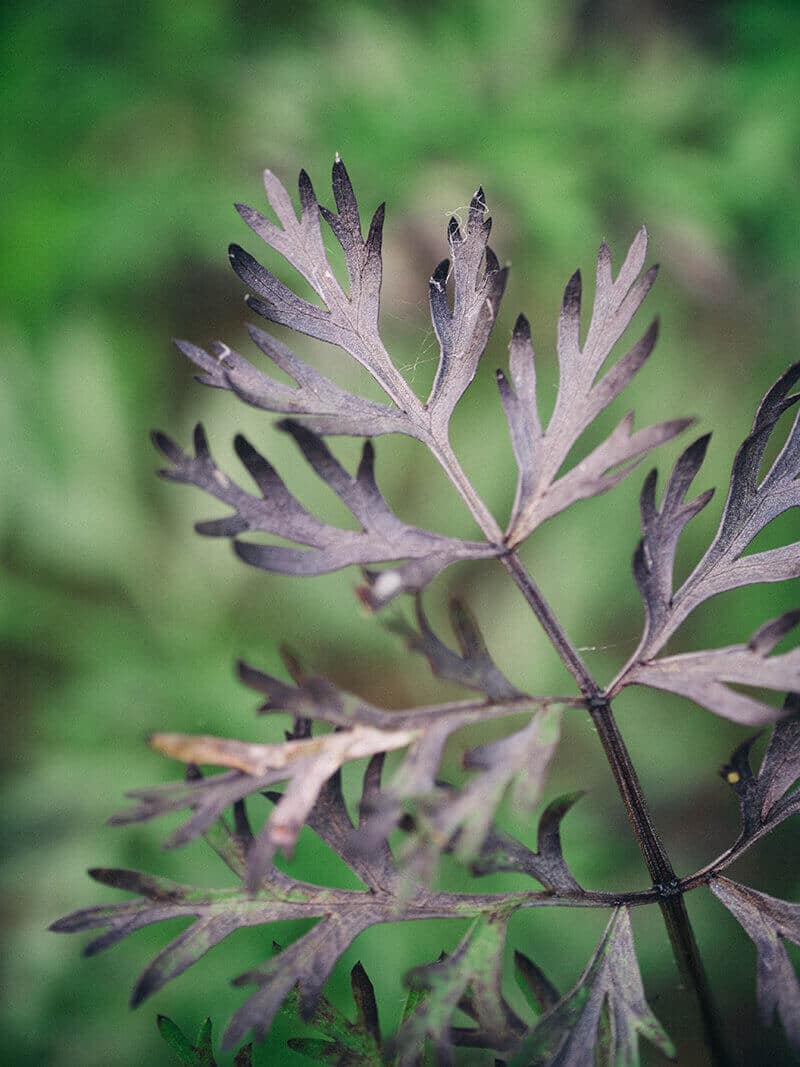
They are not the product of hybridization or genetic engineering, but rather, an open-pollinated variety created by vegetable scientist Pritam Kalia of the Indian Agricultural Research Institute in New Delhi, India. He’s considered an anomaly among plant breeders, who are often occupied with developing exclusive (and profit-generating) hybrid seeds unattainable by the poor. In contrast, his work is focused on creating open-pollinated varieties for small farmers and subsistence growers so they have access to hardy, nutrient-rich foods.
For the past 30 years, Kalia has been naturally selecting breeds for higher nutritional content. Pusa Asita carrots are one such variety to come out of his work. So laden with anthocyanins that they are nearly black, Pusa Asita carrots are standouts in the garden with their purple-tinged leaves and stems, some more pigmented than others.
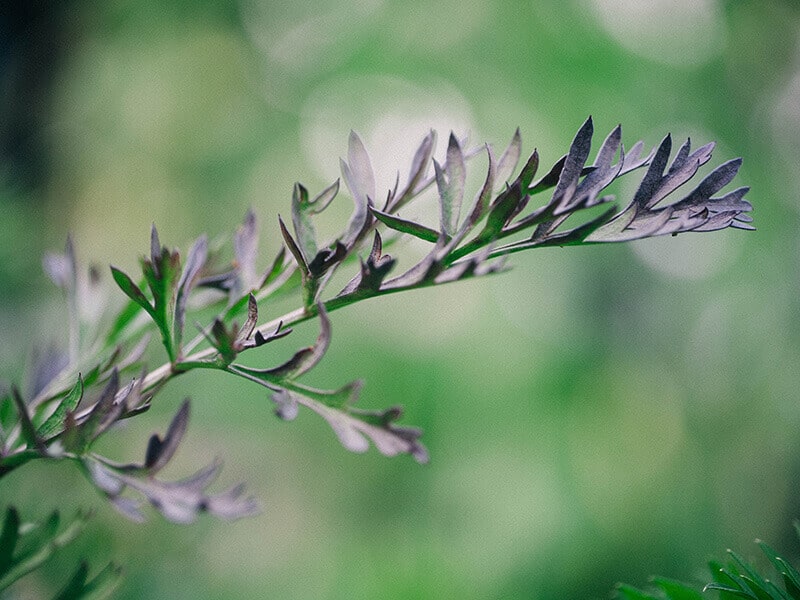
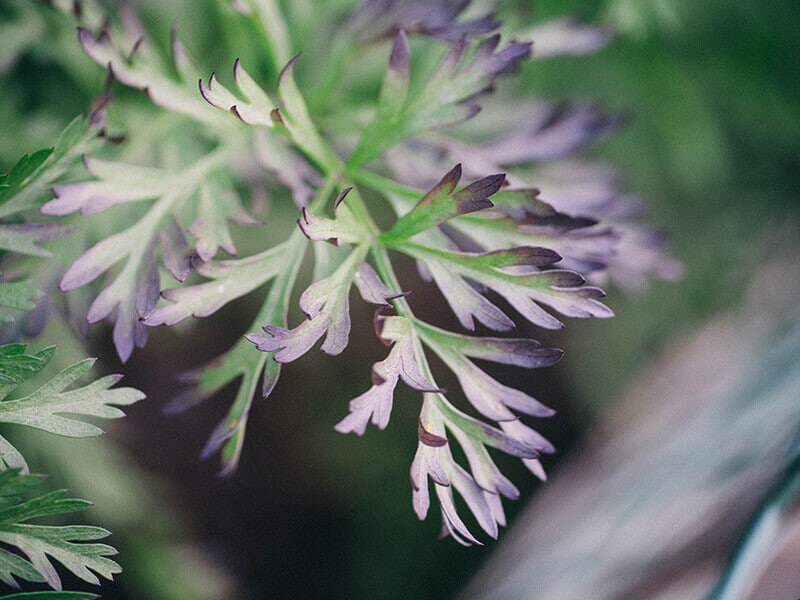

Carrots harvested at their peak have distinctive purple and magenta cores, which darken to an inky color the longer they’re left in the ground. And ink is apropros — the pigments will stain your knives, your hands, and everything they come in contact with! Unlike other anthocyanin-rich vegetables, like Royal Burgundy beans, Pusa Asita carrots retain all their color during cooking, even if they turn a bowl of soup purple. When eaten raw, they have a deep earthy flavor; after roasting, they turn a touch sweeter.
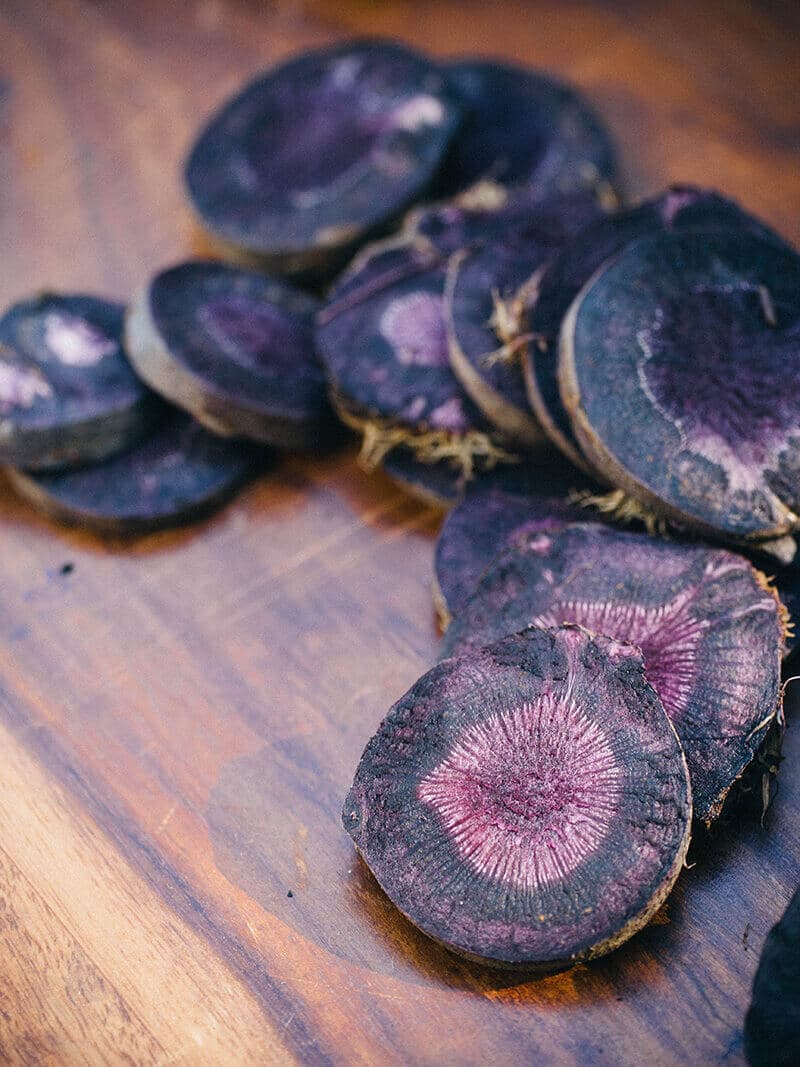
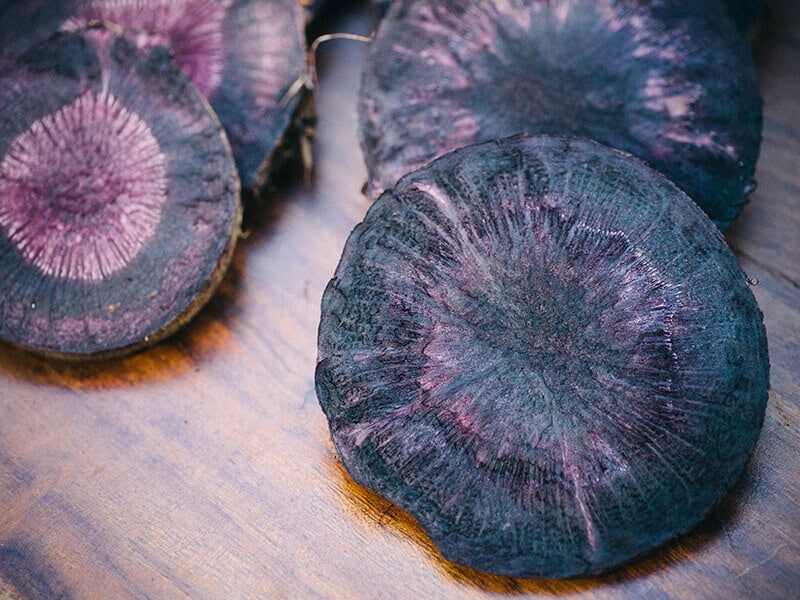
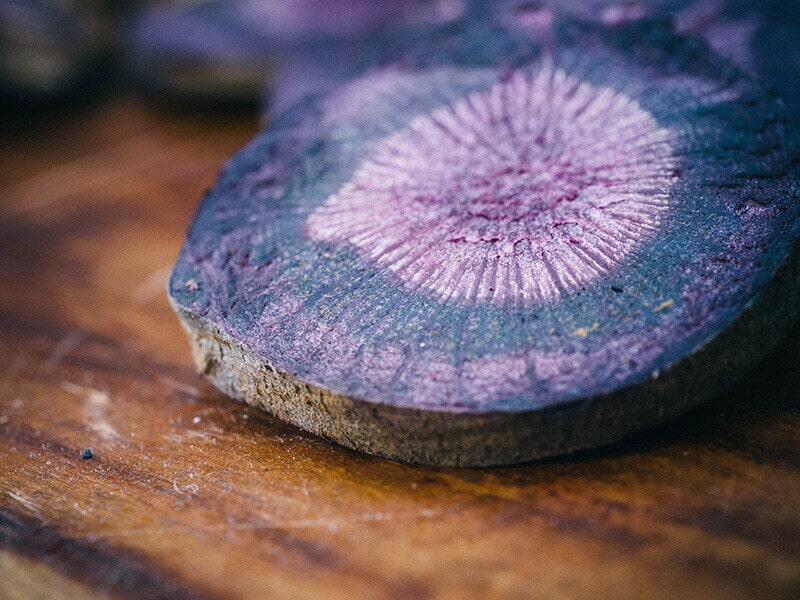
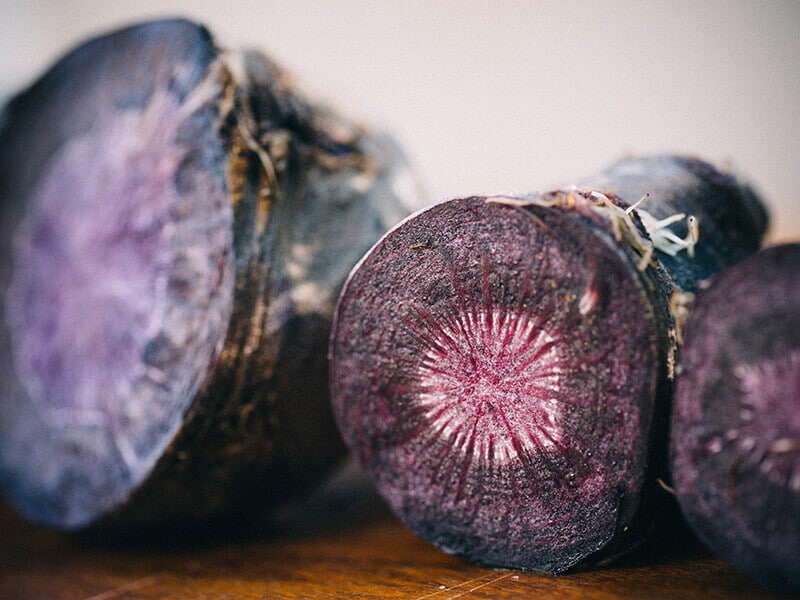
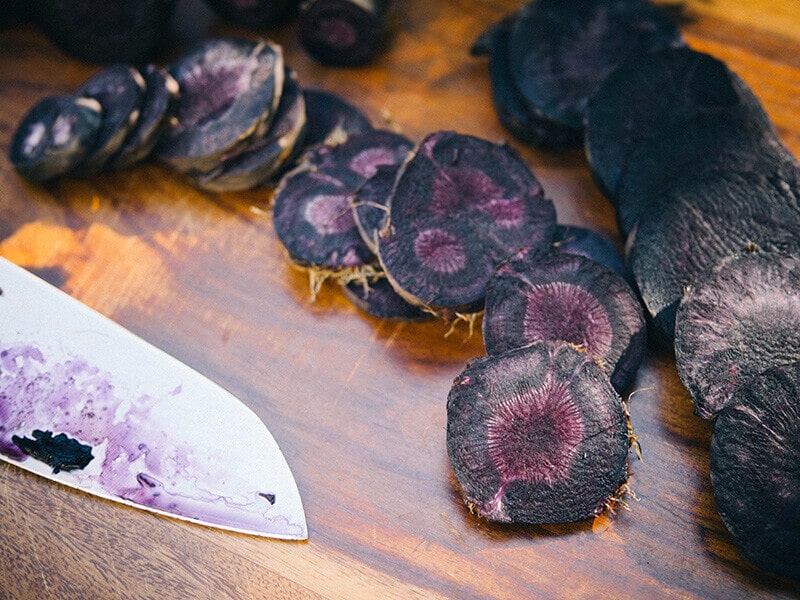
They do have more root hairs than regular carrots (some had downright beards!) and the few I grew in my garden seemed to struggle with the dense clay soil (as evidenced by their stocky shapes and twisted taproots). But despite being among the “ugliest” vegetables in the garden, these carrots claim a beauty all their own.
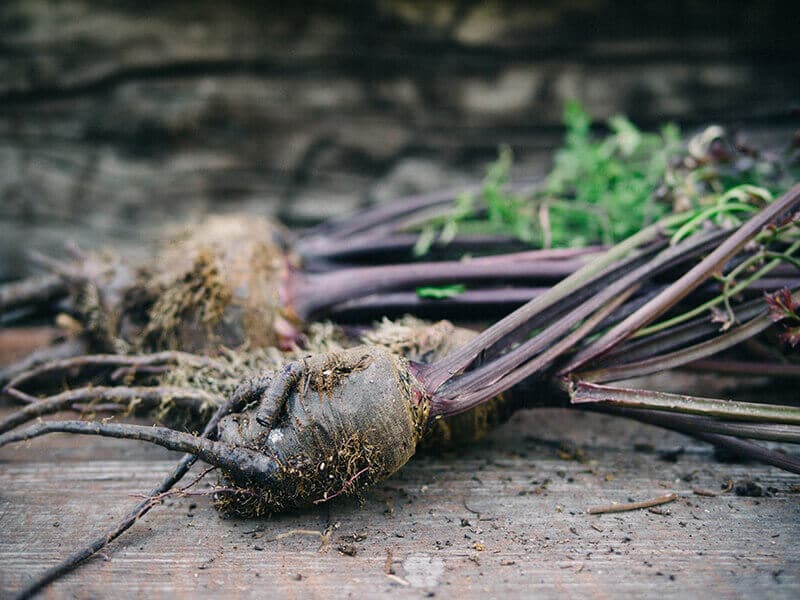


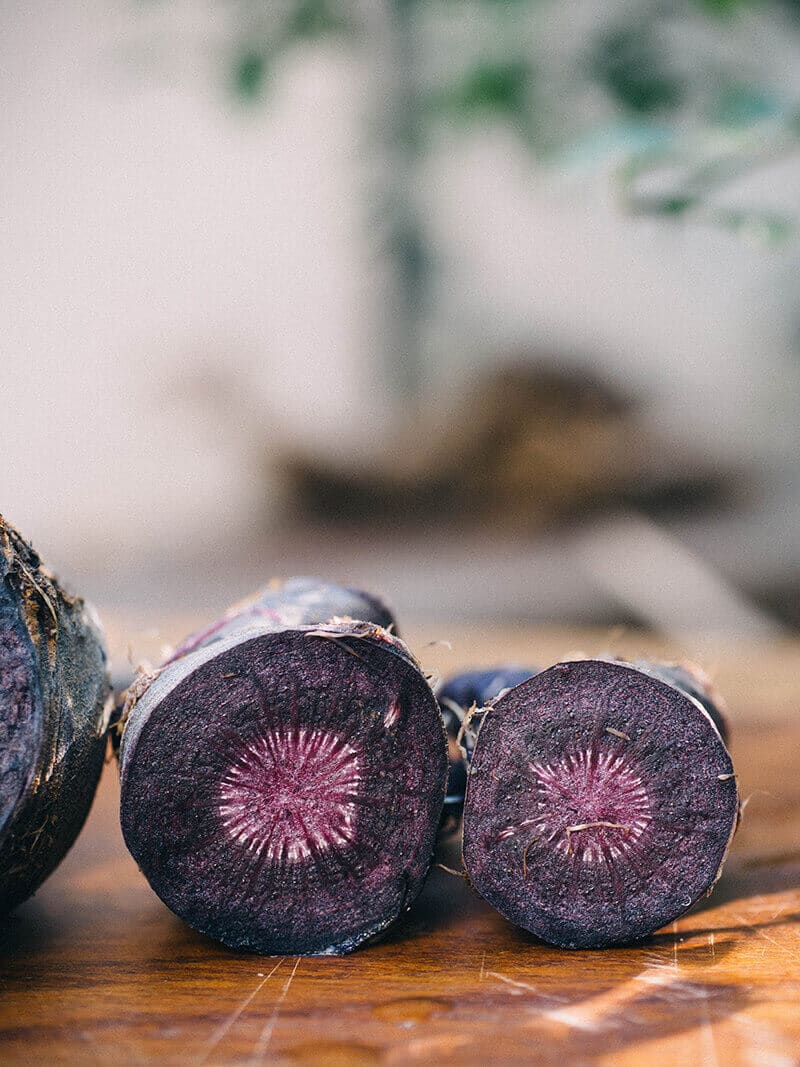
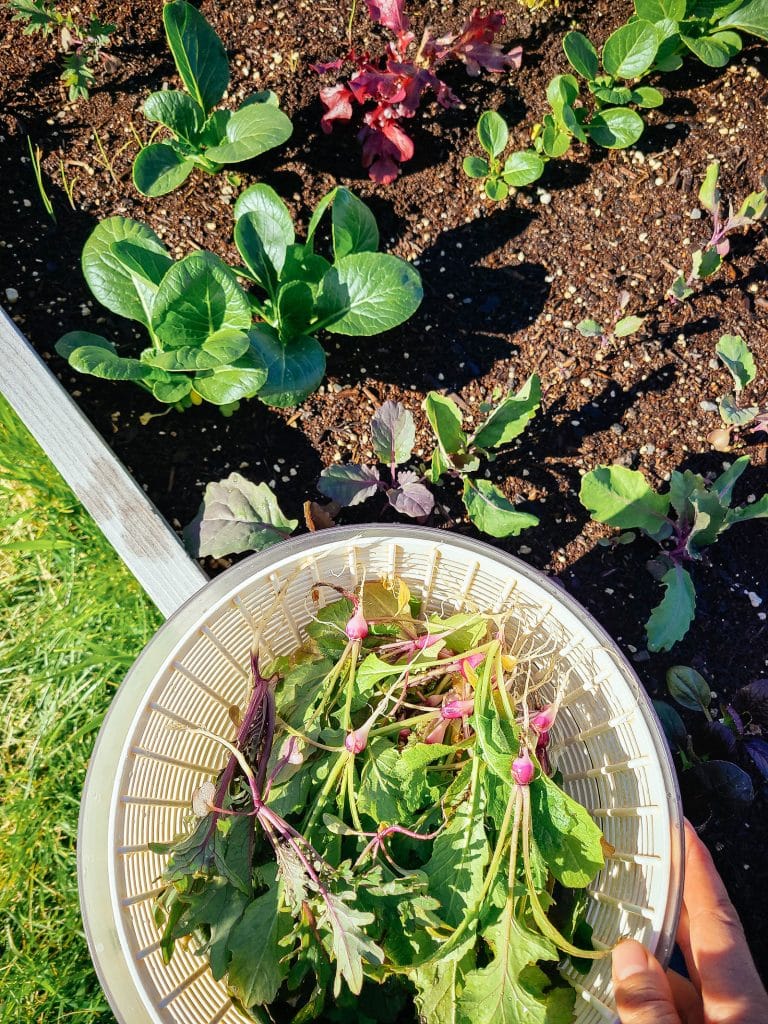
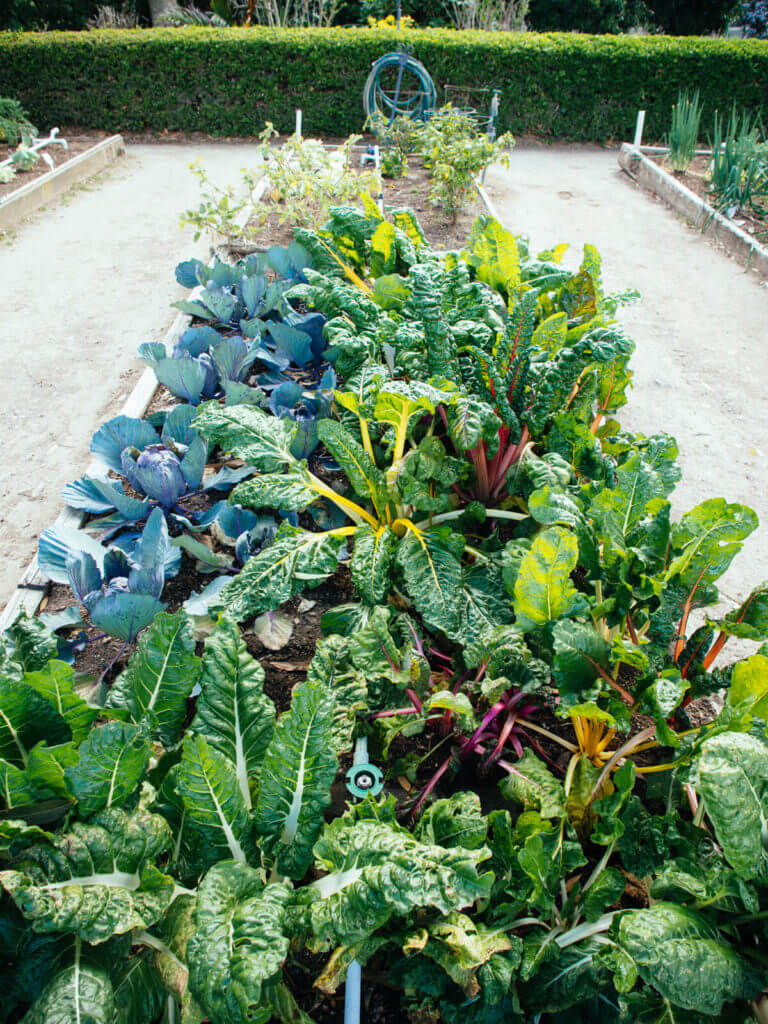
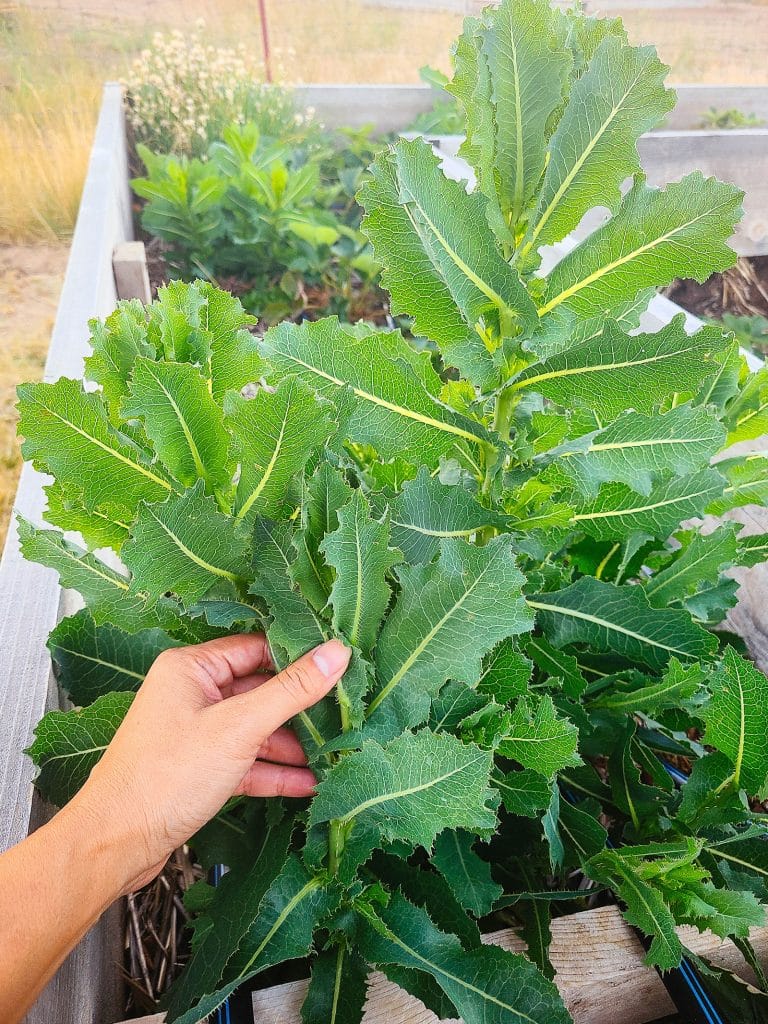
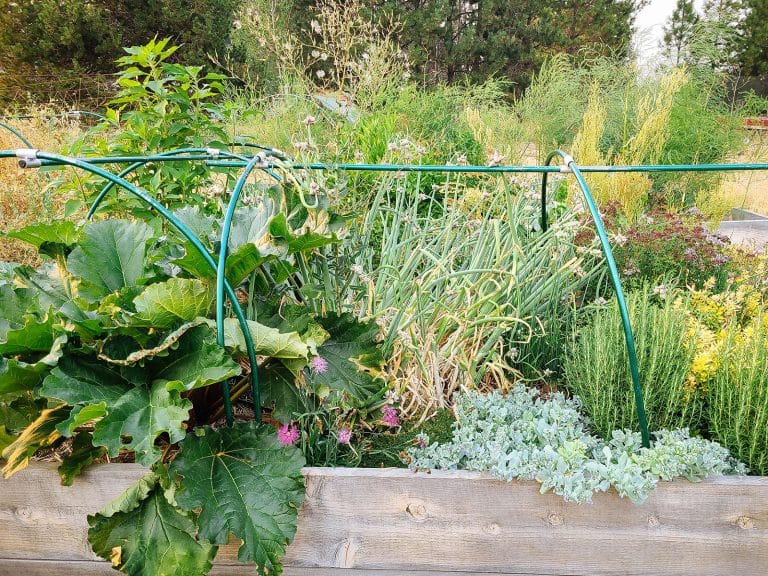






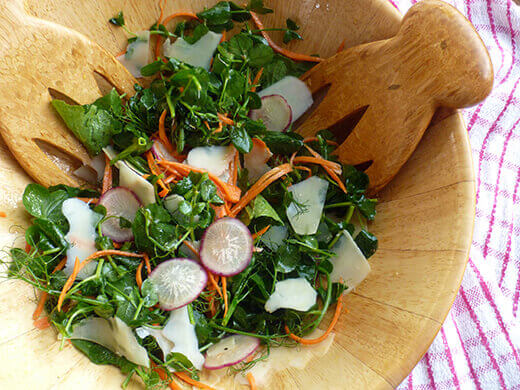
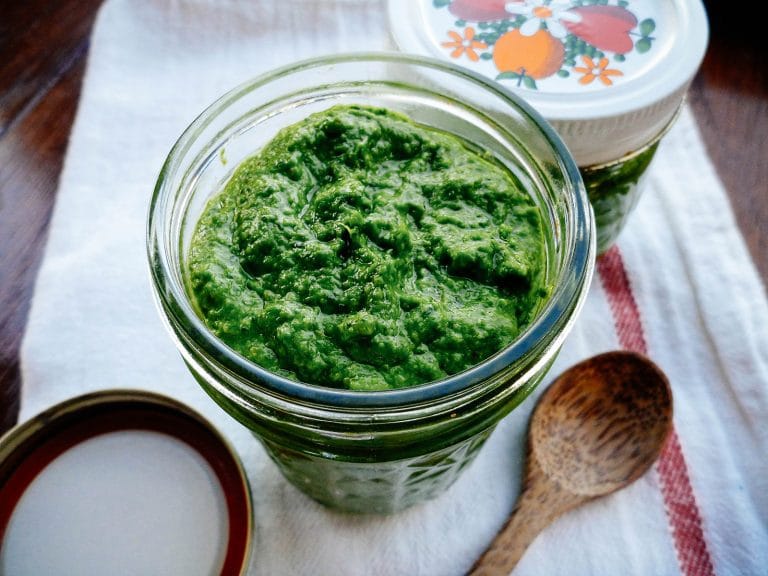

Beautiful. I must admit so far I am struggling to keep even the ordinary orange carrots alive in our soil, but I am working hard on making it better with a lot of compost and nettle fertiliser. Hopefully one day I will be able to grow all these weird crops 🙂
Good luck! 🙂
Glad to see these making an appearance here! I grew them last year and loved them, beards and all. One thing I did notice (and the seed packet warned about) was their low germination rate—the batch I got was germinating below 40%, so I planted many extra seeds and still didn’t get as full of a crop as I did from my other varieties. The handful I did get were very special, though!
I noticed the warning about low germination rates as well. Mine were at 50% germination (all started indoors), but otherwise grew very well.
The pattern and colours on the inside of these carrots are just beautiful…
I love the colors of carrots but I gotta admit it’s hard when you’ve always eaten orange to allow your other senses to taste them in the same way! 🙂
Some colors have a psychological affect on my taste buds. I always feel that the darker the color, the richer and sweeter the vegetable. (Which is sometimes the case with my purple/black tomatoes or purple beans! Though that’s mainly because of the variety.)
How interesting…viva la pusa asita and Kalia…may he influence more and more scientist and vegetable eaters. They certainly are photogenic!